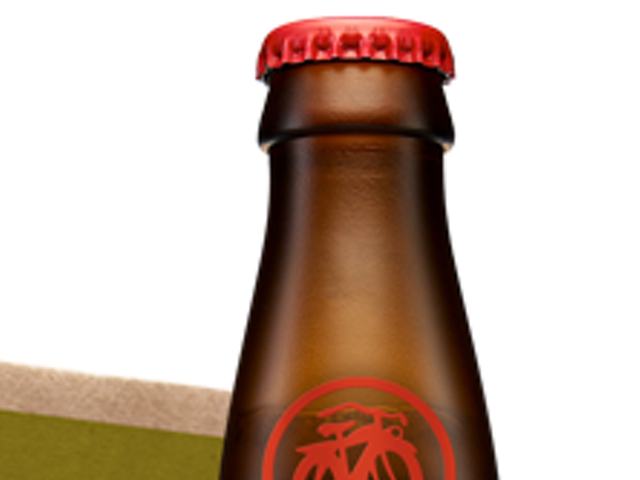Calabacitas is also the name of a Mexican dish that combines representatives of said squash with corn and other vegetables.
I've been exploring the use of beans in my calabacitas, in a nod to the Three Sisters, a legendary native American agricultural planting system in which those three crops are grown together. Eaten together, the three are considered a nutritionally complete combination. The Three Sisters also form sort of ecological harmony, with the broad squash leaves holding down the weeds and shading the ground, which helps the soil retain moisture. The corn towers above the sea of squash, with beans winding their way up the stalks, while the legume's roots add nitrogen to the soil.
"What grows together, goes together," chef Matt Yohalem of Santa Fe's Il Piatto once told me. His point was that foods that grow in a particular area can be combined into tasty regional dishes.
The Three Sisters takes the idea of growing together a step further, as they literally grow on top of one another. All three sisters originate in Mesoamerica, a region that extends south from central Mexico into Central America. So not only do they grow together and go together, they come from the same place as well.
Recipes for eating the Three Sisters exist for both summer and winter squashes, and can incorporate both dry beans and string beans.
But in summer, when everything is fresh, the winning Three Sisters combination is a version of calabacitas that's made with a base of fresh corn, summer squash, and string beans.
While summer is almost over, these ingredients can be found in great, and often cheap quantities at the farmers market until the first hard freeze of the fall. They can be purchased fresh, and then blanched and frozen, and used to make calabacitas all winter long.
With so many varieties of calabacitas (the vegetable) now overflowing their baskets at farmers markets, one can choose several varieties, for diversity of flavor, color and texture. It's fun to have a diversity of squashes, and you might want to cut them into extra large chunks to show off the diversity. When shopping, the younger specimens are typically the best choices, as they are most tender. If they're being sold by the pound, there's no reason not to choose the smallest calabaciatas you can find.
Calabacitas is usually a pan-fried dish.
Here's a basic recipe for a classic skillet version of the dish:
Three Sisters in a Pan
Ingredients:
3 tablespoons olive oil
1 large onion, chopped
3 garlic cloves, minced, pressed, mashed, or whatever
2 pounds calabacitas, cut into 1-inch pieces
Kernels from two ears of corn, or 2/3 cup frozen kernels.
½ cup coarsely chopped green beans
6 oz. queso fresco (a Mexican style cheese. Cheddar or jack can be substituted. These are very different from queso fresco, but still work.)
Bacon (optional)
Instructions:
If you want to prime the pan with chopped bacon, I won’t blame you. Otherwise, sauté the onions in oil on medium heat. Add garlic when the onions become translucent. When the garlic becomes fragrant, after a few seconds, add the summer squash. Stir occasionally until squash is nearly tender. Add corn and beans. Continue cooking a few more minutes, until the corn and beans are ready. Remove from heat. Crumble in queso fresco, or grate in your other cheese.
Serve with hot sauce, if you didn’t already sneak in some chile peppers or powder along the way, as you should have. mt





